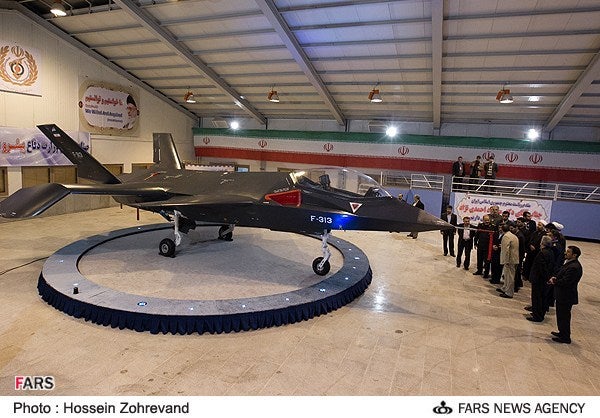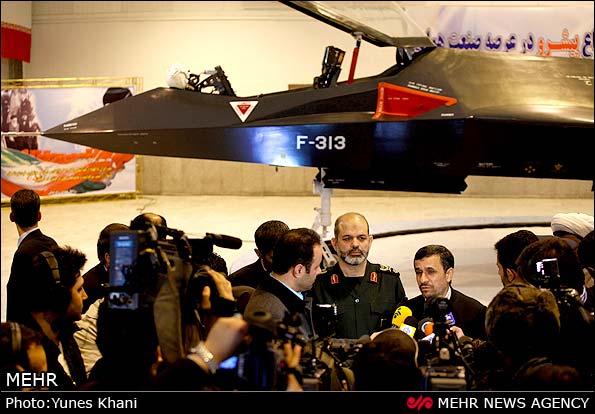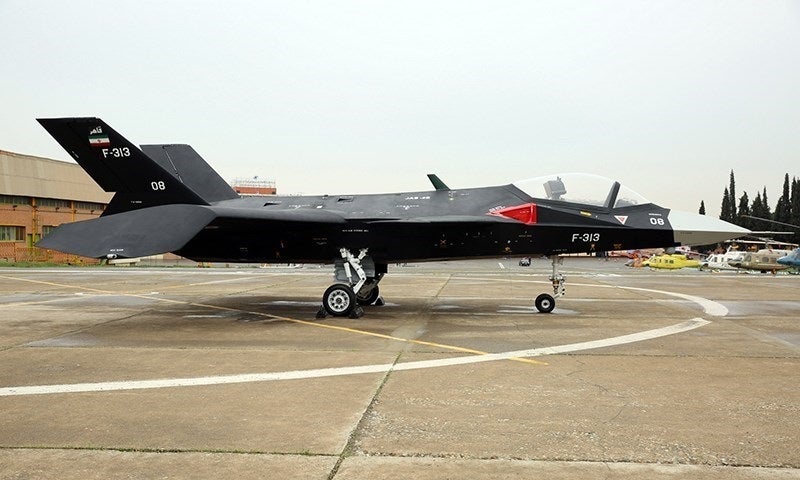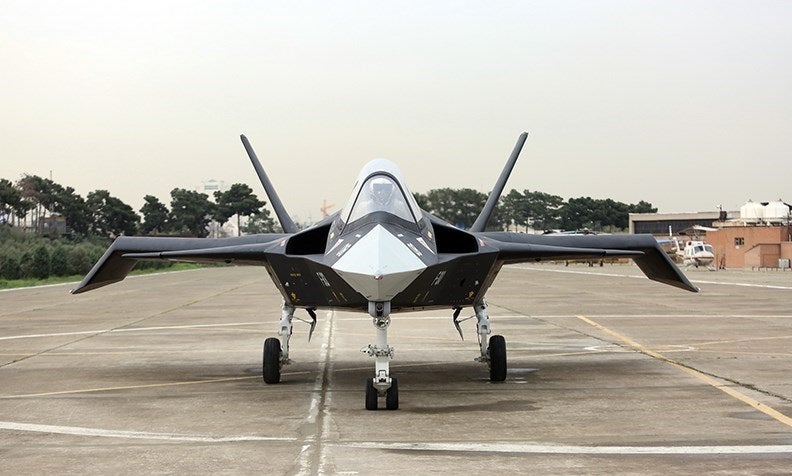Iran To Produce An Unmanned Version Of The Qaher-313 Fighter Aircraft
On 18 February, Brigadier General Afshin Khajefard, Director General of the Iranian Aviation Industry Organization (IAIO), announced on a television program that they intend to reveal an unmanned version of Iran’s so-called stealth fighter aircraft Qaher-313 (F-313). According to Iran’s Tasnim News Agency, in his speech on the TV program, the general stated that the Qaher-313 fighter jet project, which was announced to the press about ten years ago, has reached full technological maturity. Khajefard went on to say that the Iranian Ministry of Defense is focused on product variety and that they will produce an unmanned version of the Qaher fighter jet. According to the official, new variants of the aircraft will be available to the public in the middle of next year, beginning on March 21, 2023, according to Iran’s jalali calendar. The unveiling is most likely scheduled for September-October 2023, according to the Gregorian calendar.
According to Iran’s Fars News Agency, in his speech, General Khajefard mentioned Iran’s success in developing unmanned aerial vehicles, saying, “We have missiles of different classes, precision strike bombs, electronic warfare avionics and reconnaissance aircraft. However, we are trying to develop them with civilian applications since drones can be used for agriculture, mapping and firefighting.” In addition, Khajefard stated that Iran has begun developing electric aircraft and will test two prototypes next year.

The first prototype of the so-called 5th Generation Qaher-313 fighter, which began development in 2012 by the Iranian Aviation Industry Organization, a division of Iran’s Ministry of Defense, and the Iranian Air Force, was unveiled in 2013 at a ceremony attended by then-President Mahmoud Ahmadinejad. During the ceremony in question, Ahmadinejad claimed that Qaher-313 was a fighter-bomber and a “ghost aircraft” equipped with radar evasion technology. In continuation of his statement, the Iranian leader stated that the Qaher-313 is among the most advanced aircraft in the world, and that he spoke with an Iranian pilot who flew with the aircraft for a long time, and that the pilot was very satisfied with the plane’s features.
The Qaher-313’s first prototype was a 14-meter-long single-engine, single-seat aircraft. The Iranian defense minister at the time, Ahmed Vahidi, discussed the features of the aircraft, which was allegedly produced by Iranian experts using domestic means, and claimed that it had high technological capabilities. Vahidi stated that the aircraft, which can fly at low altitudes, is equipped with electronic systems, and that another feature of the aircraft is its high attack power. The defense minister of the time also claimed that the aircraft, which could land and take off easily even on a short runway, could be maintained and repaired quickly.

Four years after the first Qaher-313 prototype was revealed, the Iranian Aviation Industry Organization displayed a new prototype of the so-called 5th Generation fighter at a military exhibition in Tehran attended by then-Iranian President Hassan Rouhani and then-Iranian Defense Minister Hussein Dehghan. The images released by the Iranian media revealed that, unlike its 2013 predecessor, the new prototype had undergone a number of changes, including a twin engine, an enlarged cockpit, and a FLIR turret in the nose. Taxi tests of the new prototype Qaher-313 aircraft were conducted at the aforementioned military exhibition.

The prototypes of the Qaher-313 aircraft, which Iran unveiled in 2013 and 2017, as well as the authorities’ claims, were met with skepticism by international experts, and they are not deemed unwarranted. Since it was determined from the images provided to the press by the Iranian media that the aircraft’s design had too many engineering flaws. Apart from engineering flaws, Iran, as far as is known, lacks the technological infrastructure to develop an aircraft with the claimed features. Many experts stated that the presented aircraft was a mock-up and would never be able to fly for these and similar reasons. Despite the Iranian authorities’ bold statements about the aircraft, the fact that they have not shared credible footage of the Qaher-313 in flight with the press for about ten years supports this viewpoint. It remains to be seen if the unmanned version will improve on the manned Qaher-313.

